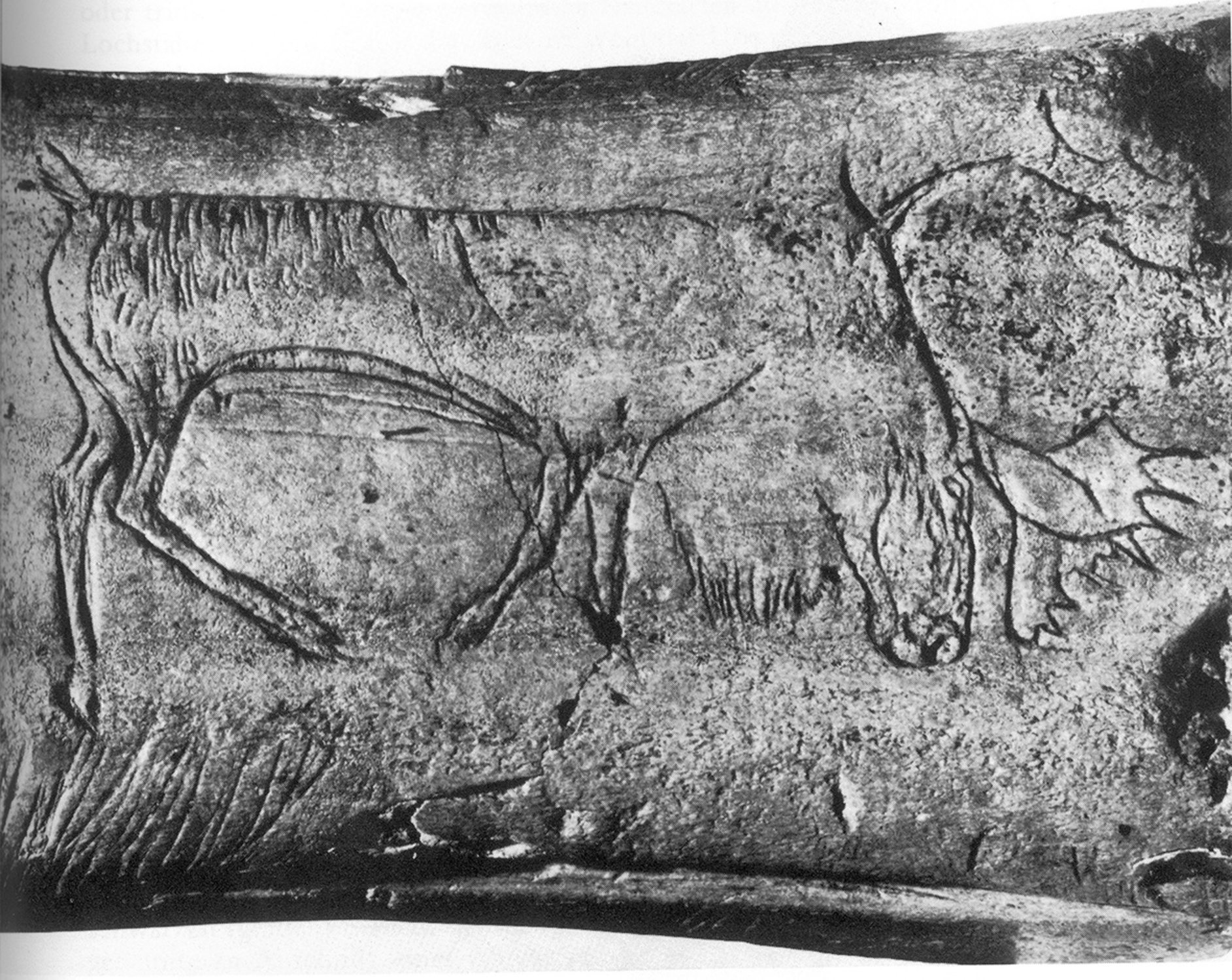
- Home
- More insights into the Magdalenian way of life
- The Magdalenian in Switzerland
- The difficulties of decrypting the camps
The fact that the Magdalenians returned many times to the same hunting places led to significant accumulations of remains, with different areas for activities, that it is necessary to try to distinguish from one another in order to identify the different periods of occupation and understand the spatial organisation of each successive camp.
The same series of activities
There do not appear to be significant differences in the activities carried out in caves and those carried out in open-air camps. Whichever type of site it was, the installation of a hearth seems always to have been one of the primary occupations. The hearth was a central point around which the majority of domestic and technological tasks were carried out, including food preparation, the maintenance of hunting weapons, the working of animal hides and sewing.
Small-size habitations
In the Rislisberg cave, which has a surface area of barely ten square metres and in which it is impossible for an adult human to stand, 700 flint bladelets, intended to adorn sagaie points, were found, probably left over from the multiple occasions when weapons were repaired. The fact that this cramped cave was nonetheless frequently used leads us to think that open-air dwellings may also have been very small. Given the absence of trees on the Swiss territory, it is unlikely that the shelters’ frames were made from long poles, which would have had to be transported over long distances. It is more likely that the frames were made from flexible saplings, taken from small shrubs or bushes, such as the salix appendiculata, a species which grows to a height of between one and four metres and which is known to have been present in Switzerland at this time.





